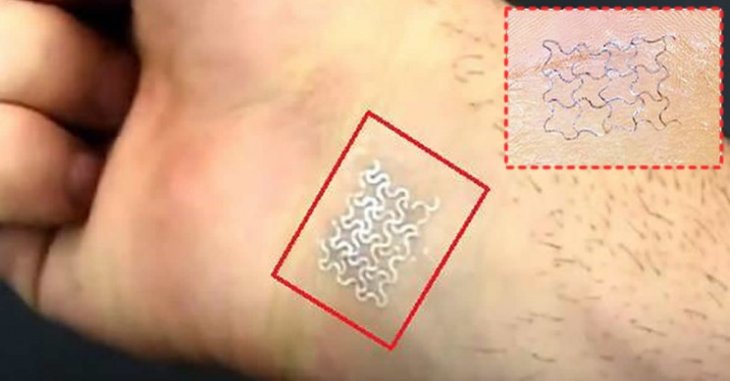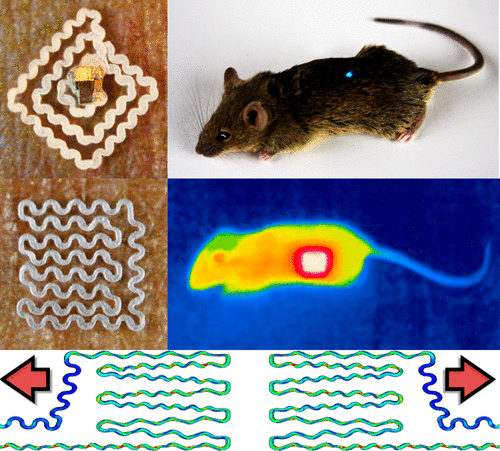New Wearable Sensor Basing On Paper Can Save Lives Of Patients
Benegal Phadatare - Oct 01, 2018

A new wearable sensor that can save lives of patients has been found by Researchers at Purdue University. It looks like a tattoo!
- Delhi Is The World’s Most Polluted Capital City For Three Years In A Row
- Indian Farmers Install High-Tech, Night-Vision CCTV Cameras To Protect Themselves
- Looking For The Best Electric Bike In India 2021? Take A Look At These
Thanks to the work of researchers at Purdue University, it is now possible to monitor the health of patients that live too far from the hospital. They just need to stay at home and let the new wearable sensor "smart sticker" do the work.

The ingredients of the new "smart stickers" are mainly cellulose. Therefore, they are comparatively cheap and also breathable to the users' skin.
Speaking about this new product, Ramses Martinez, Purdue University Assistant Professor of Industrial Engineering and Biomedical Engineering, said:

How could we use these "smart stickers"?
The main function of this product is for keeping an eye on the patient’s physical activity. When any problem is up, this stickers will act as an alert to warn its users.
Other health professionals can also make use of this new sticker in other medical surveillance. Athletes can use it as a tool to record their performance during their exercise, for instance.

Being biocompatible also mean that these new stickers can also be implanted internally to patients’ organs, causing no harm to their body.
How can the sensor stay dry and not fall off?
The patterns that have the shape of serpentine will allow these tickers to be very thin. They are also able to stretch and contract with the human skin.
We also don’t need to worry about them getting wet, as the stickers are made of cellulose.
However, human might easily get wet, as we sweat when doing normal activities or taking a shower. But there is no need to worry, researchers have taken this into account and developed a special molecular coat that can resist water, oil, dust, and microbes.
This study was originally published in ACS Advanced Materials and Interfaces.
Featured Stories

Features - Jul 01, 2025
What Are The Fastest Passenger Vehicles Ever Created?

Features - Jun 25, 2025
Japan Hydrogen Breakthrough: Scientists Crack the Clean Energy Code with...

ICT News - Jun 25, 2025
AI Intimidation Tactics: CEOs Turn Flawed Technology Into Employee Fear Machine

Review - Jun 25, 2025
Windows 11 Problems: Is Microsoft's "Best" OS Actually Getting Worse?

Features - Jun 22, 2025
Telegram Founder Pavel Durov Plans to Split $14 Billion Fortune Among 106 Children

ICT News - Jun 22, 2025
Neuralink Telepathy Chip Enables Quadriplegic Rob Greiner to Control Games with...

Features - Jun 21, 2025
This Over $100 Bottle Has Nothing But Fresh Air Inside

Features - Jun 18, 2025
Best Mobile VPN Apps for Gaming 2025: Complete Guide

Features - Jun 18, 2025
A Math Formula Tells Us How Long Everything Will Live

Features - Jun 16, 2025
Comments
Sort by Newest | Popular